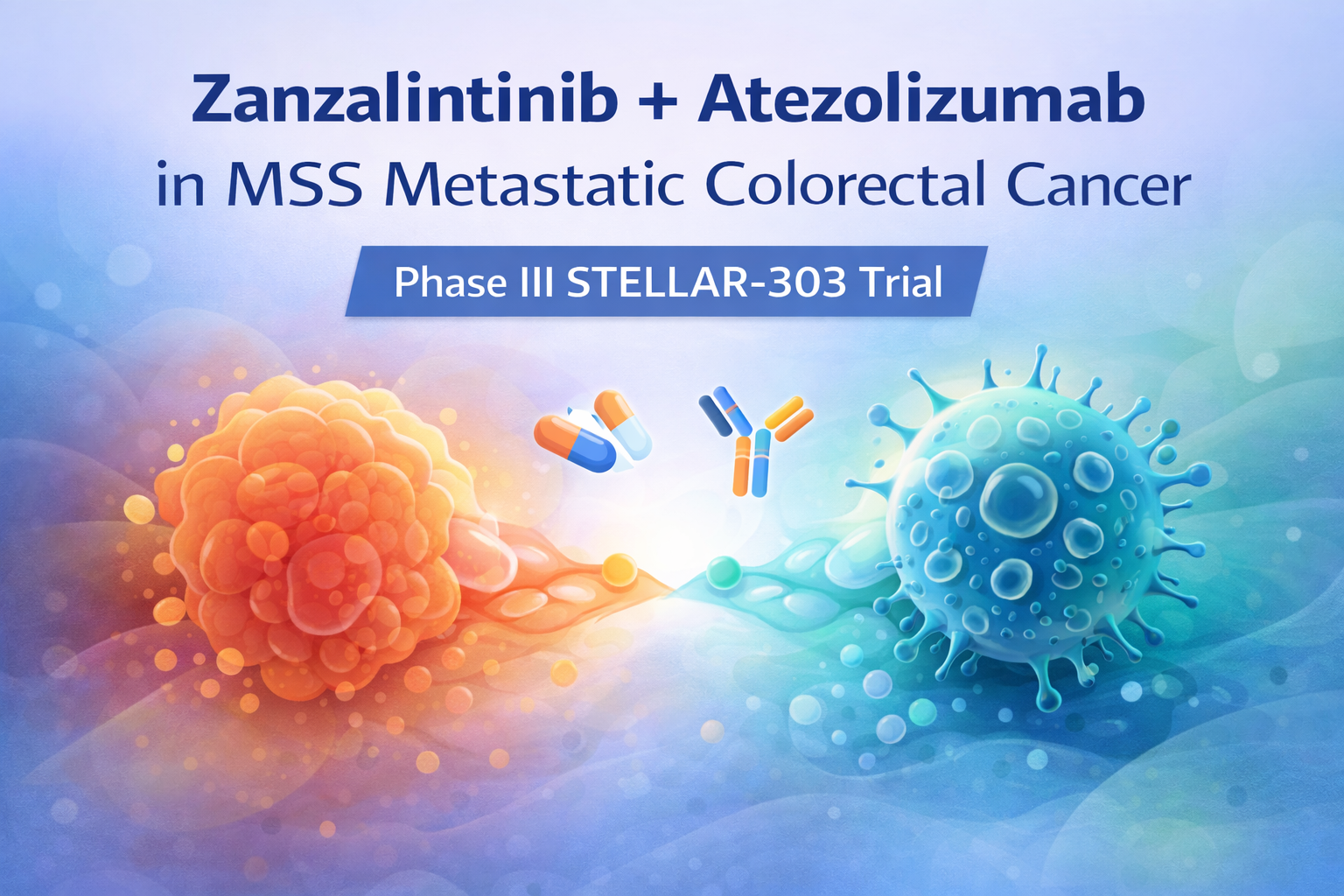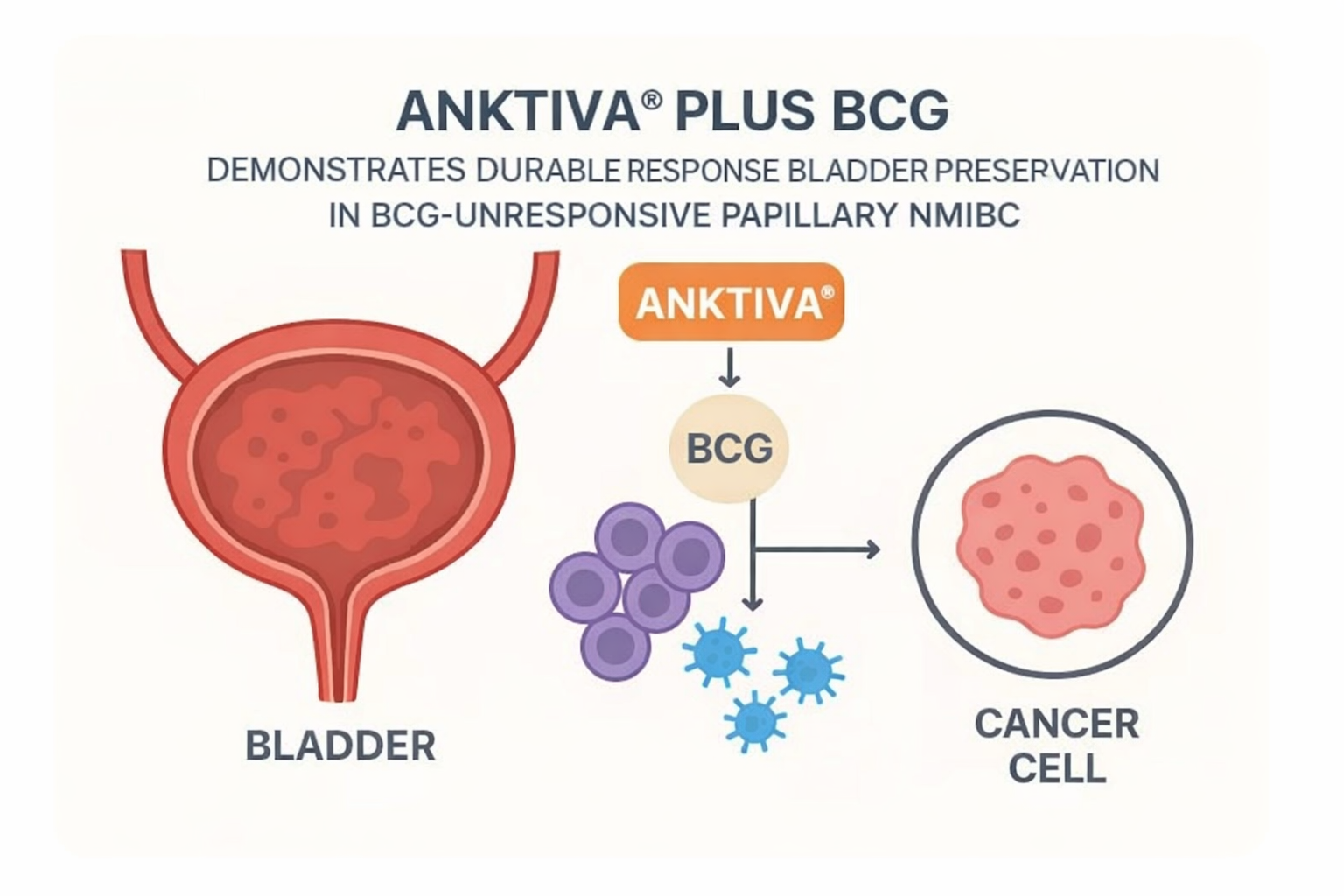

DLL3 trispecific represents a novel therapeutic approach for small-cell lung cancer (SCLC) that addresses the limitation of poor T-cell infiltration in neuroendocrine subtypes by combining CD3 activation with CD137 costimulation in a single molecule. The antibody demonstrated superior antitumor activity compared to conventional bispecific T-cell engagers and showed synergistic effects with platinum-based chemotherapy, supporting its advancement to clinical trials.

Study Design & Models
- Engineered CD3/CD137 dual-specific Fab that competitively binds both targets to prevent systemic activation
- Used humanized NOG mice engrafted with human hematopoietic stem cells for in vivo efficacy studies
- Tested multiple SCLC xenograft models (NCI-H524, NCI-H1436, DMS79, DMS53) with different DLL3 expression levels
- Included cynomolgus monkey pharmacokinetic studies for clinical translation assessment
Key Findings
- DLL3 trispecific showed superior tumor growth inhibition compared to DLL3BiTE in all three SCLC models tested
- Marked increase in intratumoral T-cell density: approximately 1×10³ CD4+ and CD8+ cells/mg tumor tissue
- Enhanced T-cell infiltration persisted for at least 14 days after single administration
- 92.1% of tumor-infiltrating CD8+ T cells remained functionally active (vs 55.0% with DLL3BiTE)
- Synergistic combination with platinum drugs improved tumor growth control without increased toxicity
- Linear pharmacokinetics in cynomolgus monkeys with 4.3-4.8 day half-life across dose ranges
Clinical Translation Potential
- Addresses key limitation of T-cell engagers in immune-desert neuroendocrine SCLC tumors
- Single agent provides both CD3 activation and CD137 costimulation, avoiding complex combination dosing
- Combination with standard-of-care platinum chemotherapy shows enhanced efficacy without safety concerns
- Corticosteroid and tocilizumab premedication can mitigate cytokine release syndrome without affecting efficacy
- Phase 1 clinical trial (RG6524/RO7616789) is currently ongoing (NCT05619744)
Limitations
- HuNOG mouse model lacks full human immune system representation, particularly myeloid cells
- CD137 effects on NK cells and dendritic cells not fully evaluated in current model system
- Combination with immune checkpoint inhibitors not assessed due to model limitations
- Long-term safety profile requires clinical validation beyond single-dose preclinical studies
Source: https://aacrjournals.org/cancerimmunolres/article/12/6/719/745447/Engineering-CD3-CD137-Dual-Specificity-into-a-DLL3




